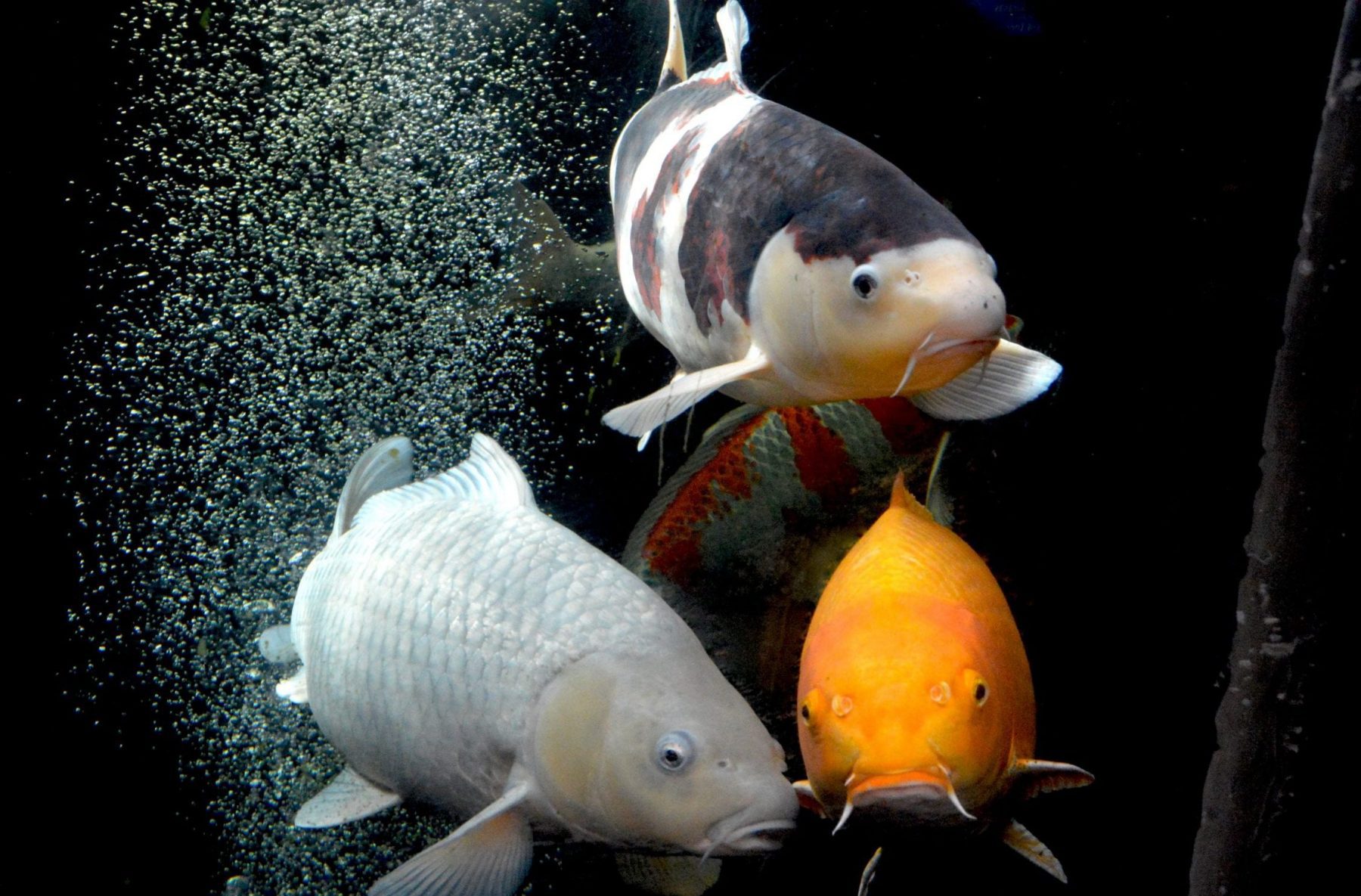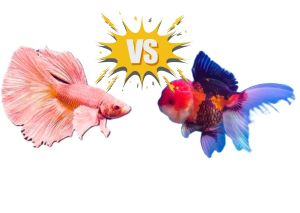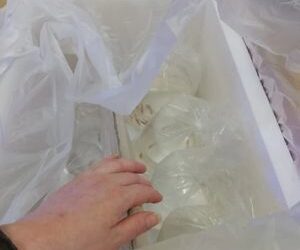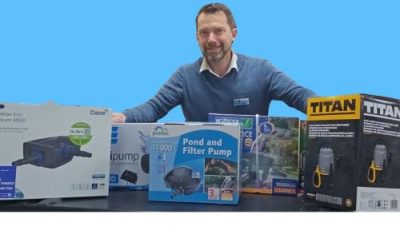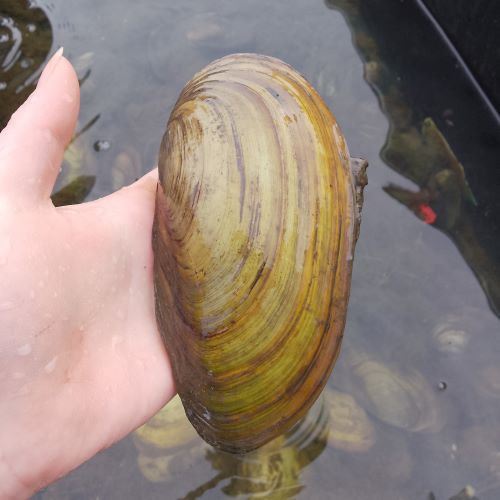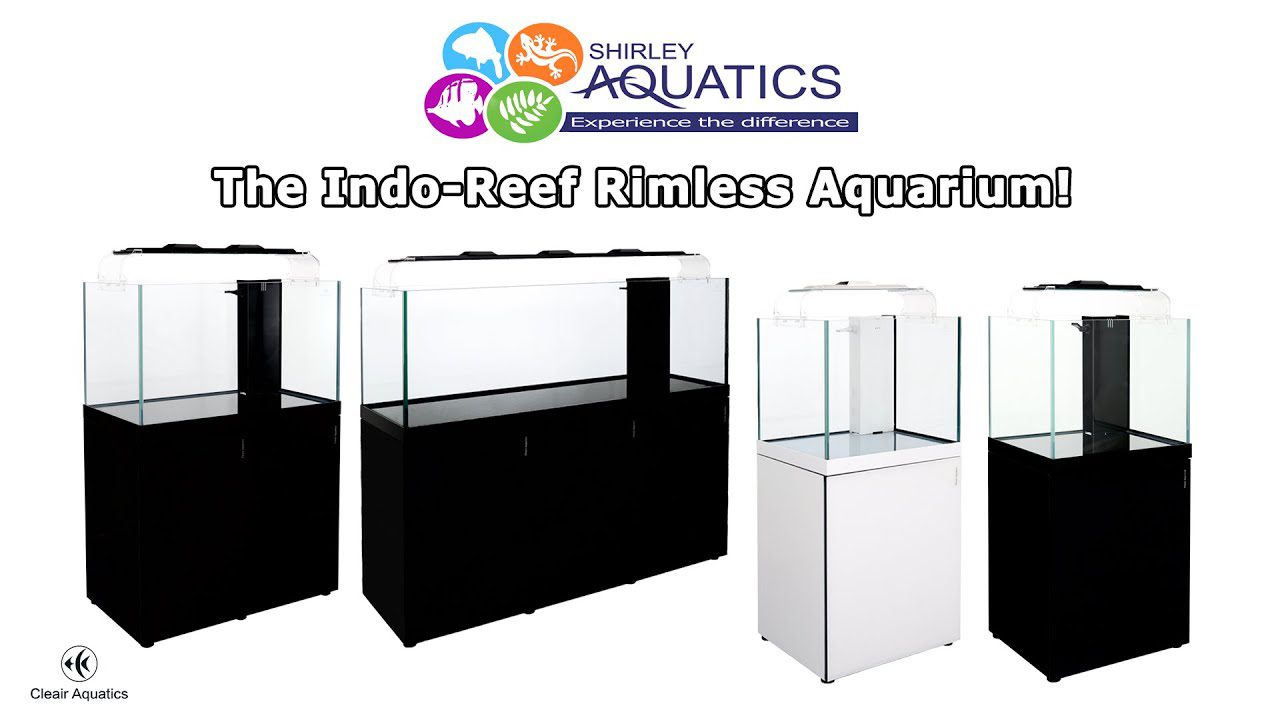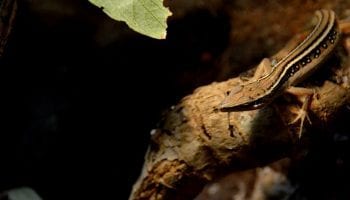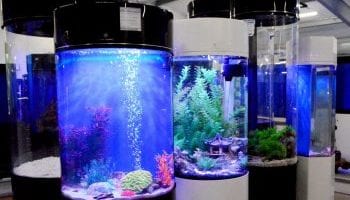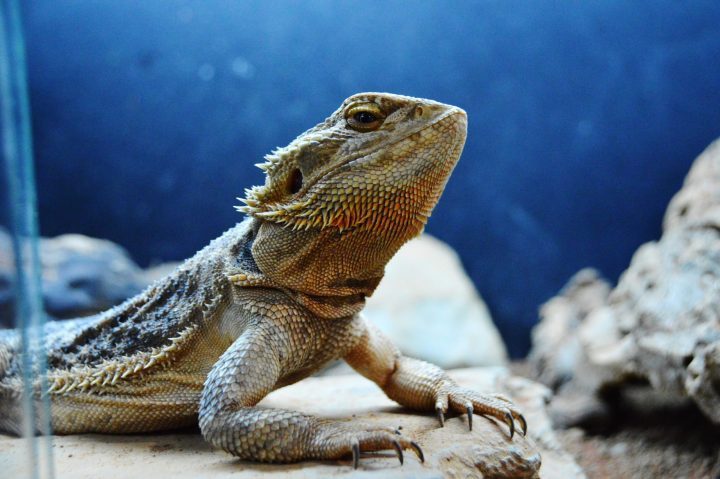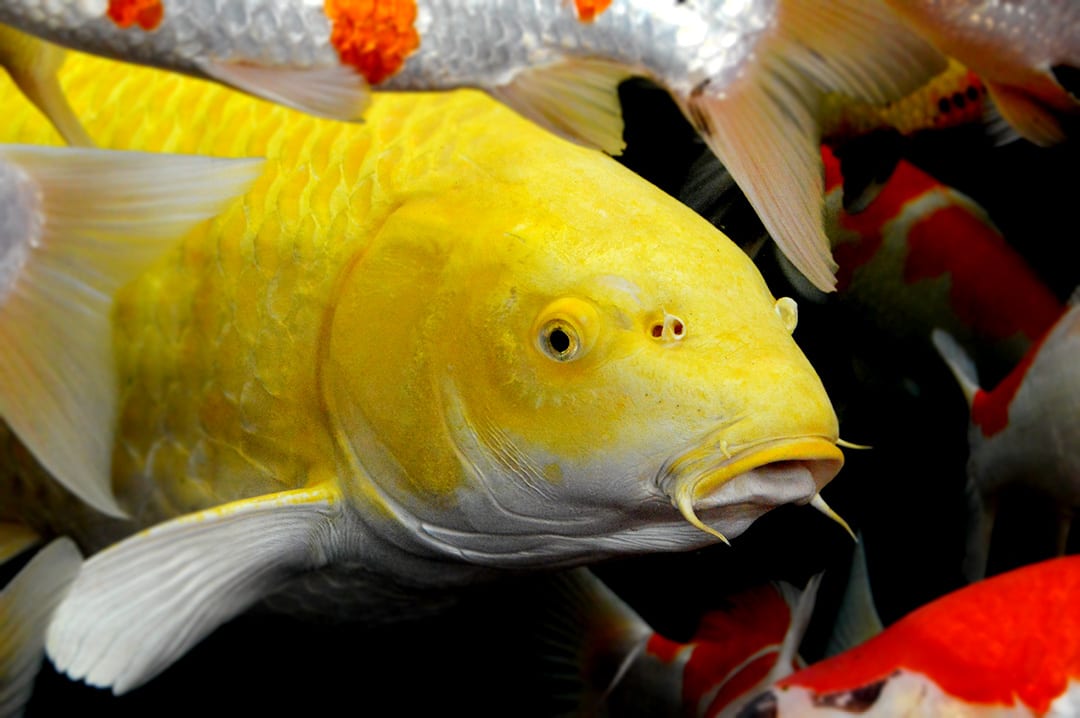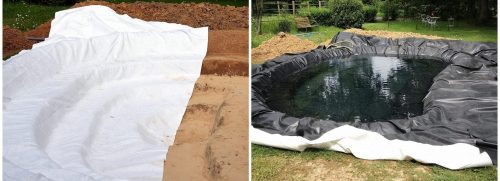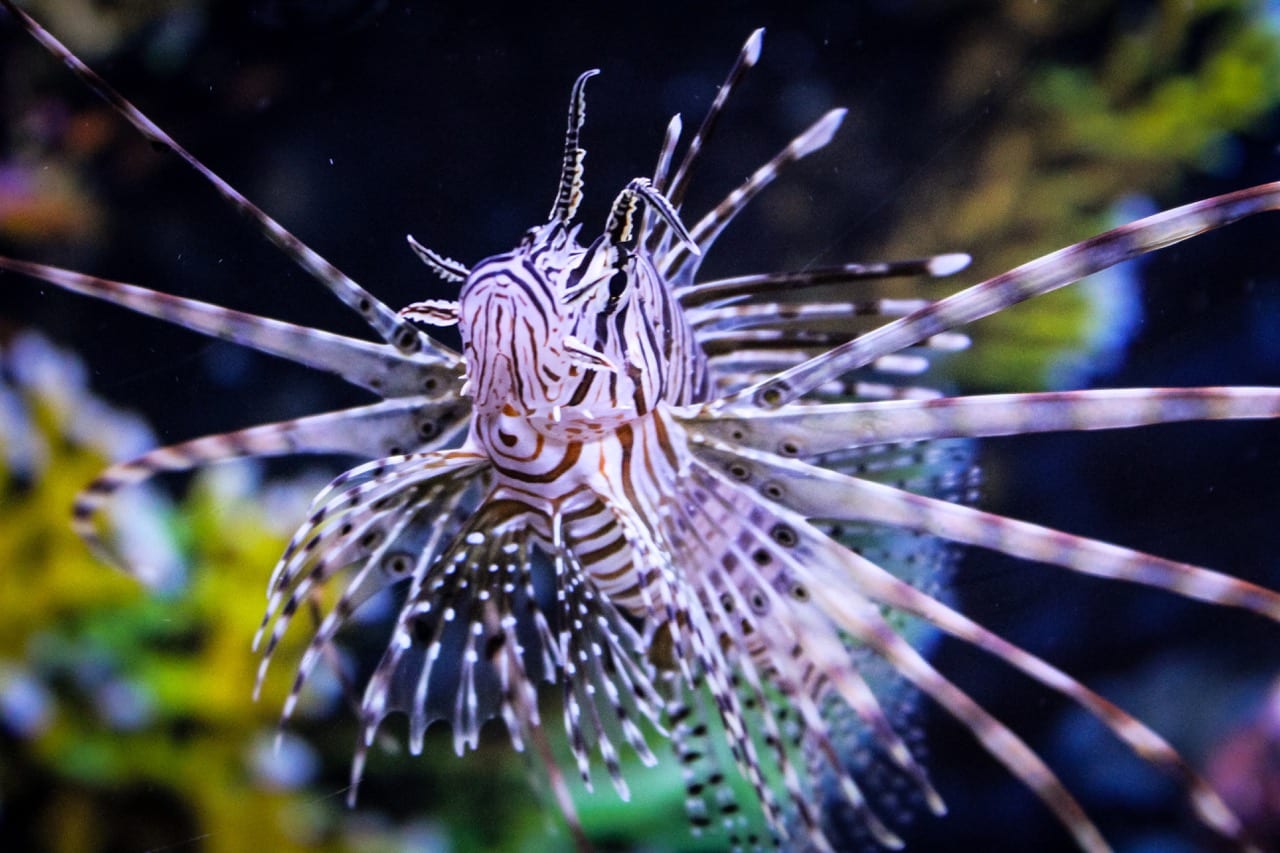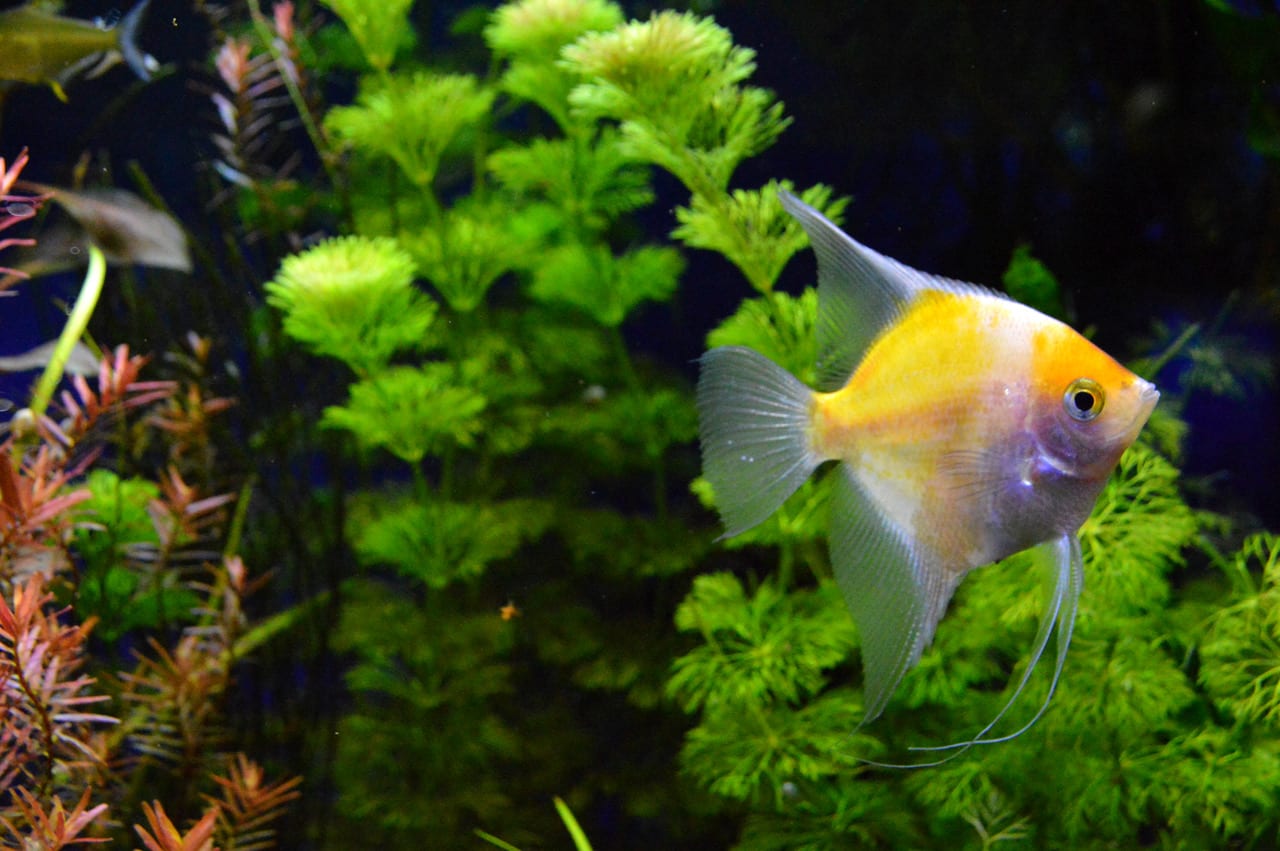We’ve all felt it.
The excitement, the giddiness. You have a new project. You will be the proud owner of a pond.
So many things to think about – what marginal pond plants will I have? What fish will I keep in my pond? Am I really ready to tackle Koi? Is the fountain of the little fella having a wee still funny?
As with any project there are likely to be elements that get overlooked – simple, obvious things that you only notice once you’ve done the one thing that happens to be, if not irreversible, a huge pain in the neck to undo.
The pond equivalent of super glueing your child’s favourite Kinder egg toy together before realising you’ve somehow missed the tail and now the lion’s mouth doesn’t open and close anymore. Disaster.
Unfortunately with ponds you can’t chuck a tenner at it for a quick fix like the Kinder egg situation you’ve caused (although anyone who’s experienced the love a child has for their specific Kinder toy will likely know replacements don’t work). We hope to provide you the heads up for our top 5 most overlooked pond pointers to give you the best experience of your pond.
We have talked extensively about the benefits of this product in another article about blanket weed. Following on from that we have a request to make of you, dear reader.
If you have even the slightest twinkle in your eye about the possibility of maybe thinking about making any form of pond or water feature, this is a product that should be at the very top of your shopping list
In an act of impeccable customer service read this next bit out loud in a steady, clear voice;
Hey, Alexa, please add clarity to my shopping list.
Feel free to alter this to Siri, depending on your preference but remember it is important to be polite to your devices. They may bear it in mind when they take over.
Clarity is a natural pond conditioner that adds beneficial heterotrophic (the fancy term for ‘poo eating’) bacteria that can seed even a natural pond. The added bonus is that you will never get blanket weed. Ever.
It’s difficult to explain the euphoria experienced by someone who is told they’ll never have blanket weed again to someone who hasn’t experienced it for themselves. In a way it’s almost necessary to suffer the torment to truly appreciate life without it.
There will be many similar examples in everyone’s personal life. Richard (our Gaffer) loves diving but after years of freezing cold misery wrestling with a wetsuit at the bottom of a quarry in Wales he took the plunge (not sorry about that one) and bought a drysuit. Despite the obvious and immediate advantage he still felt he had to ‘earn it. In his words, “I almost pitied those who started their diving journey in a dry suit…they had not experienced what I had experienced.”
Whilst we’re all for learning lessons we draw the line at subjecting our customers to blanket weed. You get the picture. Blanket weed is a nightmare, in order to avoid it use Clarity.
- Should you turn your filters off in winter or not?
There’s a lot of chat about this and due to a small element of nuance people tend to find contrasting advice. To make life easy – here’s ours;
Don’t turn your filter off in winter.
Ta da!
However, there are some considerations to be taken into account. You want to avoid chilling the water down too much & you also want to avoid the water temperature yo-yoing between warm and cold. Fish will tolerate warm or cold temperatures separately but when it alternates between the two problems occur.
It is down to you to insulate things as best you can to stabilise temperatures – this might even be something as simple as wrapping some bubble wrap around your filter box.
As with all seasonal issues, initial prevention is always the best option. If possible it’s a good idea to plan for this when constructing your pond. Running an extra pipe straight back to the pond from the filter box that bypasses any waterfall or water feature is a good idea.
So you almost have a winter and summer mode, utilising your beautiful cascade in summer, and bypassing this wannabe heat exchanger in winter.This allows you to circulate water from the bottom of the pond where the fish sink down to without disturbing the top water. Reducing the temperature fluctuations, whilst still keeping the water your fish spend all winter sulking in, nice and filtered. Make sure the return pipe from the filter sits around 6 inches beneath the surface of the water.
The same also applies to fountains. They are another way your pond water can be mixing with air that is -3 degrees at night and 10 degrees in the day. It’s probably best to wait until there are no ground frosts before turning a fountain back on again. If it’s your only source of circulation then just remove the fountainhead, so the pump is still actively circulating the pond beneath the surface.
To be honest, many people leave their ponds as they are, all through winter, and don’t see any dramatic ill effects. However, exposing fish to temperature fluctuations weakens them. They take longer to come out of their dormant winter state, often giving bacteria and parasites a head start. So, whilst you are not guaranteed to cause your fish harm, the chances are significantly increased.
3. I want a fountain on my pond, I know I need a filter, can one pump do both jobs?
There are ‘all-in-one’ options out there, I.e. pump , filter and UV. These chaps are designed to do it all, but (you knew there was a but coming!) the smaller ones will do little more than power a fountain, and the larger ones may power a small cascade as well. The biggest problem we find is that A) you’ve got to drag the thing out of the pond every time you need to clean it and B) they seriously overstate the pond volume they will cope with.
With most filters we would recommend dividing their stated capacity by 4 to be 100% sure they will cope with your volume of pond no matter what you throw at them.
With all in ones we recommend dividing by 6 at least…So a 6000 would be suitable for a maximum of 1000 litres.
The best way is always to go for a separate pump and filter. An external filter has a much greater filter capacity and they often have easy clean mechanisms, like the OASE BioSmart.
So – getting back to the point – filter pumps need to pass as much rubbish as possible to the filter, so they should have a coarse strainer. Fountain pumps, on the other hand, need to have a finer strainer so that the fountain jet doesn’t get clogged up every five minutes.
Side note; when choosing a pump, the coarseness of its strainer indicates the quality of the pump. Top of the range pumps such as the OASE Aquamax Eco Premium can take up to 10mm solids as they have been built extremely well and need little protection. Lesser pumps have much finer strainers as they need a bit more protection from all of that nasty debris that could damage them.
So, trying to combine the two types of functionality rarely works, our advice would be to run a main filter and pump for the pond as a whole which you keep running and then a secondary, cheaper fountain pump for the fountain itself.
(At this point we would like to point out that this genuinely is not an attempt to get you to spend more money! We have too many Ferrari’s already, parking is becoming a nightmare.)
Having two pumps means you can turn them on and off as you please through the warmer months. This secondary pump only needs to cost £20 to £40, there’s no need to break the bank. These would do nicely.
4. Out of sight, out of mind
When putting in a pond it’s understandable that you’ll potentially be more focused on the end product than the ins and outs of the installation itself. Taking into account how all your pipes and cables will be camouflaged is often overlooked and then becomes painfully obvious once you stand back to admire your creation.
Another great real life example from Richard – he’s been working on a series of ponds in his garden for a few weeks. Having had years to plan and years of experience to call on you’d imagine he’d avoid this particular trap.
Nope. Excitement got in the way!
So don’t feel bad if you’ve done the same.
Retrospectively figuring out how to hide or incorporate these extra bits into your space can be tricky so it’s always worth taking the time to figure it out ahead of time.
There are some really useful pieces of equipment such as tank connectors or the purpose designed OASE Tradux which can help you sort out pipes and even electrical cables.
If you’re wondering why we talk about OASE a lot, have a read of this next.
Thinking about the filtration beforehand is pretty crucial. A raised pond really needs to use a pressure filter rather than a flow through filter. They’re slightly more expensive but easier to disguise as you will still need to find it a home!
It may be scary taking a drill to your lovely new, expensive pond liner or pre-form but it’s worth it in the long run!
5. Pond? What pond?
Following on from the previous point it is always good to have think about the materials you will be using to blend your pond in with its natural surroundings. Are you using gravel or rocks that match the colours of your garden?
It’s worth taking note of the colours you see throughout the day in the area your pond is going to sit in – what are the overriding features? Does that rock that looks yellow in full sun retain that colour in shade or when wet? The most striking ponds are the ones that look seamlessly integrated with their surroundings.
With a bit of planning its possible to get a beach or forest theme going, there are lots of plants, rocks, aggregates and woods to use…go nuts…or don’t, there are loads of possibilities.
Mixing in plants will also soften the edges of your pond. Pond plants is a whole other conversation. For a thorough grounding of what you might need and why check out our short guide to pond plants.
For an idea of what we mean here is an example of some quick pond liner camouflaging we’ve done.
There are many, many elements to keeping a pond, and just as many tips and tricks for each of those elements. Let us know your favourites and we’ll put some together into our next Top 5!
6. Mains vs Solar
Here’s a cheeky extra point for you.
We love solar pumps and lights, they’re everyone’s favourite at the moment. The only problem is they can be a bit, well, weedy. Some of the floating ones will only work in direct sunshine (seriously, if you stand in between them and the sun they shut down). It is still relatively new technology in our industry, there are options to pay a bit more and get something with a separate solar panel and battery back up, but you should still check the output. Even some of the biggest pumps will only produce 1500 litres per hour (lph) and even a small waterfall needs 2500lph to look good.
There are many situations where mains powered pumps are simply not possible, and any water circulation is better than nothing, but check the cost comparison and the output. A 700lph mains fountain pump would be well under £40, a solar equivalent would be around £100.
To give you some context, 700lph is roughly enough to produce 60cm worth of height from your fountain.
If you have a pond way down the bottom of your garden with not a cable in site, solar is the way. That water circulation created by a tinkling fountain not only creates a nice feature for you, but it oxygenates, circulates and helps those wonderful bacteria that Clarity (see point 1!) might introduce to keep your pond nice and healthy.
If you have got mains power to your pond then a mains filter pump and filter would probably be the best way to go, with maybe a solar fountain pump as a secondary.
One last thing on power, you will undoubtedly have one mains cable running from your home/garage/greenhouse/lock down pub to the pond. You now have a filter pump, filter and possibly fountain pump to power. A switch box is the answer, they are weatherproof and can power up to 5 accessories. As easy to wire up as a plug and as useful as heck! Always make sure you buy one with one more outlet than you need – chances are you will fancy some lights or maybe an air pump someway down the line and having a spare switch to plug them into will give you a wonderfully warm smug feeling all over!
And who doesn’t love that?


